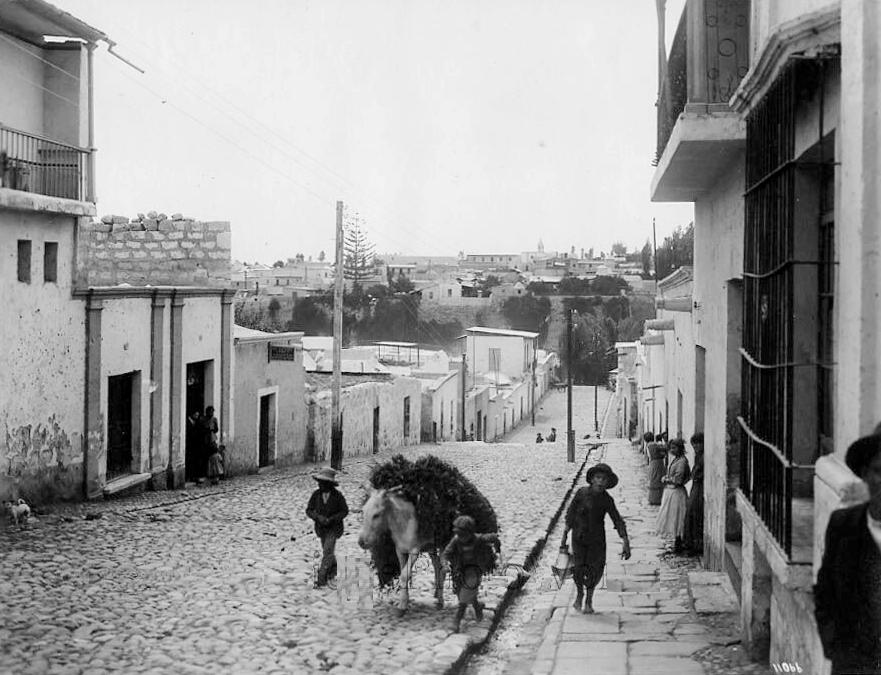
Figure 1.--Here we see a scene on the streets of Arequipa during the 1920s, probably in the morning. Rural children are bringing in bush or fodder ino the city to sell. Many of the homes are white washed. Notice the cobblestone strets. |

|
Peruvian regions include an arid western coast, a mountaneous central Sierra with productve valleys, and the Oriente, the eastern Amazonian lowlands. There are cities founded by the Inca like Cuzco, and cities founded by the Spanish like Lima. The most important coastal city is Lima with a large part of Peru's population. The country's primary port is Callao near Lima. Several ports like Pisco are important in the fishing industry. The coast is very arid and agriculture is not possible except along the rivers running own from the Sierra. In the far south is the Atacama Desert, the dryest place on earth. In contrast to the land, the waters off Peru are extrodinarily productive and support a thriving fishing industry. There are several cities in the Sierra, nothing approaching Lima. The best known is Cuzco, the Inca capital. Further north is Cajamarca where Pizarro seized the Inca Atahualpa. In the southern foothills of the Andes is the beautiful white city of Areuipa located fairly clse to the coast. In the Oriente the major city is Iquitos.
Navigate the Childen in History Website:
[Return to the Main Peruvian page]
[Return to the Main Latin American page]
[Return to the Main South American History page]
[Introduction]
[Biographies]
[Chronology]
[Climatology]
[Clothing]
[Disease and Health]
[Economics]
[Geography]
[History]
[Human Nature]
[Law]
[Nationalism]
[Presidents]
[Religion]
[Royalty]
[Science]
[Social Class]
[Bibliographies]
[Contributions]
[FAQs]
[Glossaries]
[Images]
[Links]
[Registration]
[Tools]
[Children in History Home]
